Cape Cod's secret season is when the sky is brilliant and colors burst against the browning grasses, and when the beach is icy and waves crash against the frozen shore.
In 1925, an ordinary man named Henry Beston undertook an extraordinary adventure, to spend a year in a tiny cabin in the dunes on the outer rim of Lower Cape Cod. With the exception of when he made infrequent trips to town for supplies, he saw few people except for Coast Guard foot patrols. His daily company was the windswept beach, flocks of birds, and the sea and sky. He wrote about his year on the beach in “The Outermost House,” published in 1928.
Today, after the crush of summer visitors, Cape Cod rapidly drains of everything but its essence. It’s not the clam shacks or lobster huts or whale watches that make up the heart of Cape Cod, but the treasure that is the Cape Cod National Seashore, a branch of the U.S. National Park Service, that protects its shores and wildlife.
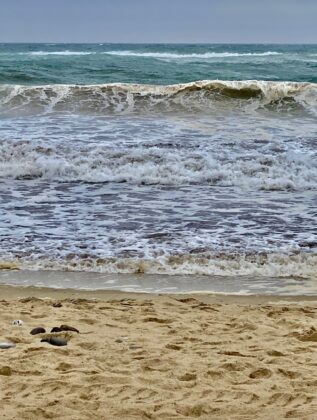
Unknown content block type: FlexiblePageTemplateFlexibleContentPhotoFullWidthLayout
{
"__typename": "FlexiblePageTemplateFlexibleContentPhotoFullWidthLayout"
}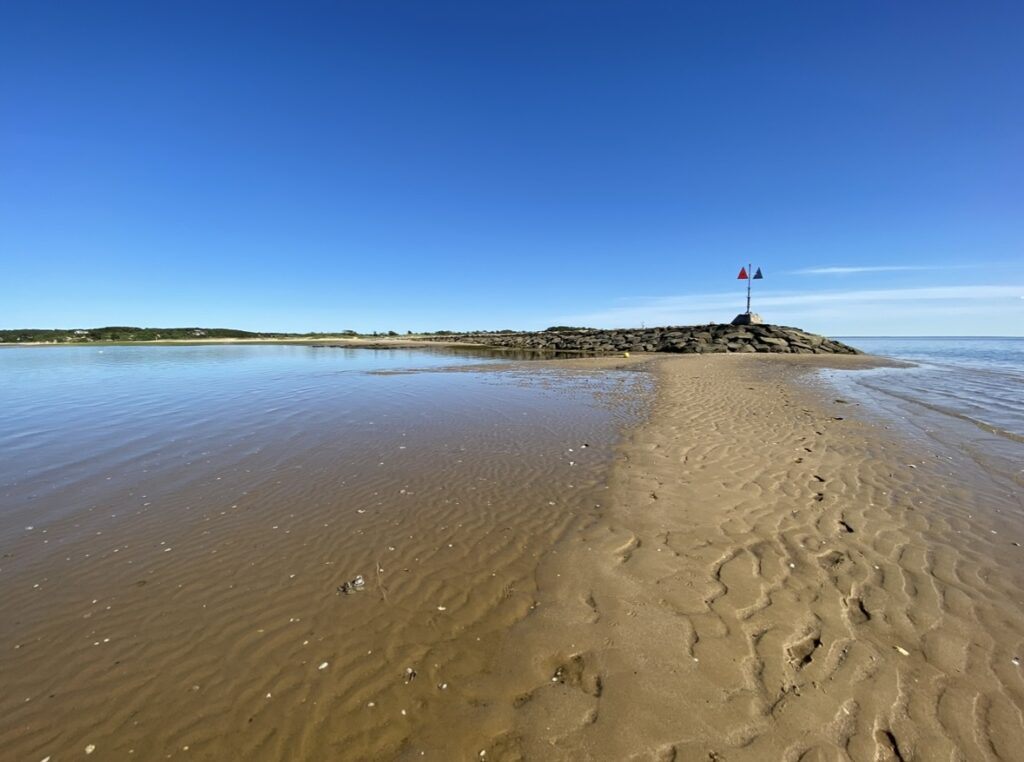
Today, the perimeter of the Cape remains much as it was in Beston’s time, nearly a hundred years ago, with wide stretches of beach, churning surf, and crumbling dunes. Without traffic, tourists, and the trappings of summer, the narrowest part of the Cape – Orleans to the tip of the Cape at Provincetown – slides into its own season that arcs gracefully through dazzling autumn, bone-chilling winter, and the gentle emergence into spring.
Low tide in the fall means private time on a quiet beach.
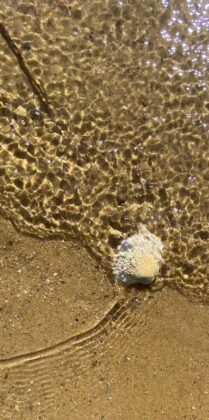
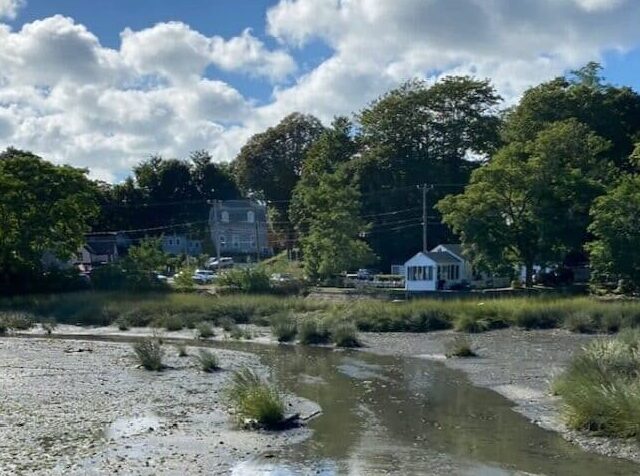
Fall is a time of shifting light, dazzling skies, and glittering water. With a shellfish permit (strictly required), and a bit of knowledge, it’s possible to dig for littleneck clams, steamer clams, and quahogs, and collect samphire and famous Wellfleet oysters. No license is needed to forage for wild rose hips, or beach plums that grow off public trails; they make excellent jam for turnovers and jelly to insert into cheesy rolls or spread on homemade bread
Brilliant blue sky and clouds from Uncle Tim’s Bridge in Wellfleet, Cape Cod.

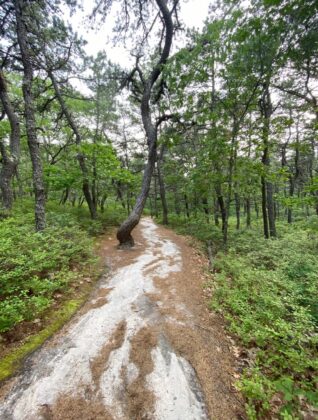
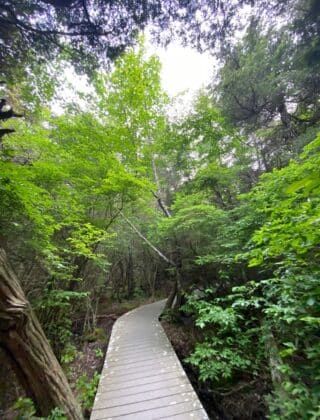
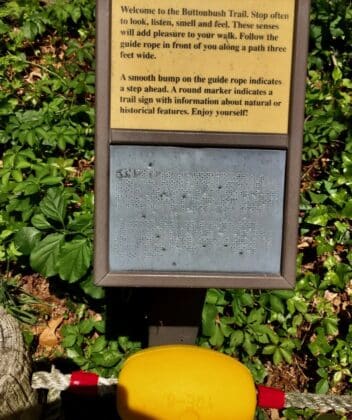
Cape Cod’s secret season, which has no name, isn’t simply defined by the departure of tourists. It is the light, the wind, and, especially when beset by weather or hard times, the sense of community and camaraderie. Housing scarcity and rocketing prices of everything from food to shelter have made year-round living a challenge for the people who work here. But Cape Cod remains the home for fisherpeople, artists, and those who love the Cape life enough to remain through the winter and provide the vital services needed.





Henry Beston, alone in his Eastham beachfront cabin, didn’t feel alone. He noted the wide variety of birds on the shore, and even a swarm of “milkweed” (Monarch) butterflies that appeared in early October. He studied the mechanics of the sound of thundering surf, writing
Autumnal nights in Eastham village are full of this ocean sound. The “summer people” have gone, the village rests and prepares for winter, lamps shine from kitchen windows, and from across the moors, the great levels of the marsh, and the bulwark of the dunes resounds the long wintry roaring of the sea.
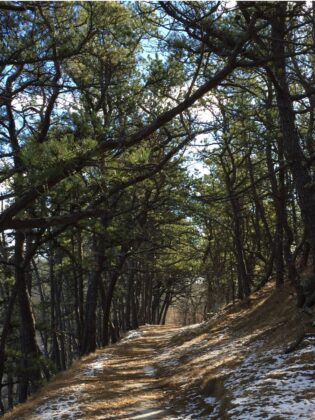






Cape Cod’s secret season is when the sky is brilliant and colors burst against the browning grasses, and when the beach is icy and waves crash against the frozen shore, not so different from when Henry Beston wrote “I went [to Cape Cod] to spend a fortnight in September. The fortnight ending, I lingered on, and as the year lengthened into autumn, the beauty and mystery of this earth and outer sea so possessed and held me that I could not go.” ![]()
